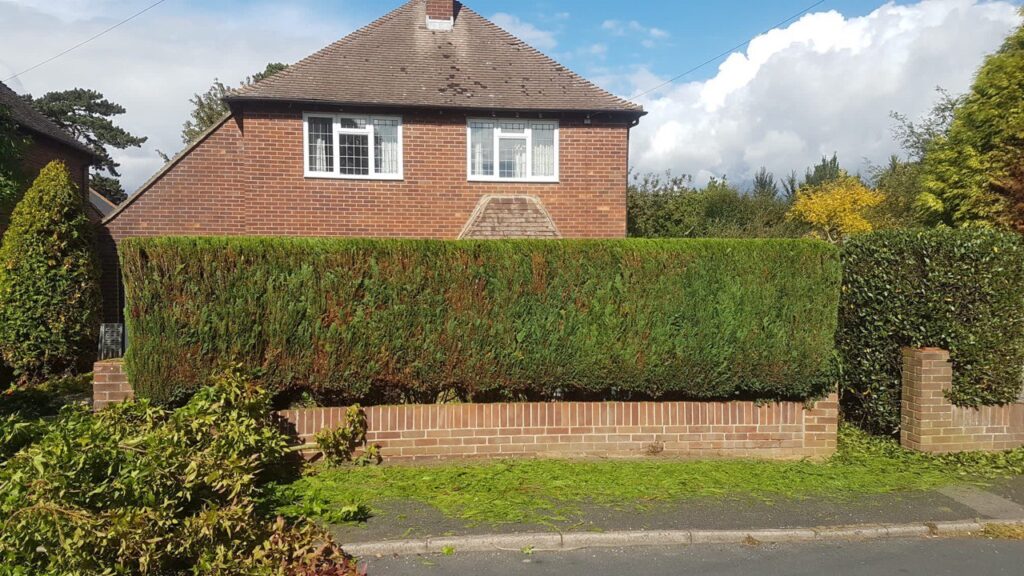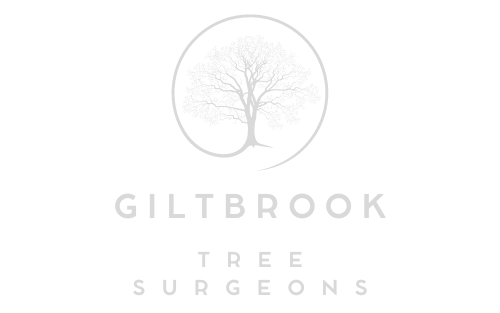How Tree Surgery Can Prevent Roof and Foundation Issues
Introduction
Trees are essential to the landscape, adding beauty, shade, and value to any property. However, without proper care and management, trees located near buildings can pose significant risks to both roofs and foundations. Roots that extend too far, overhanging branches, or structurally unsound trees can lead to costly damage if not addressed promptly.
At Giltbrook Tree Surgeons in Giltbrook, Nottingham, we understand how proactive tree surgery can play a vital role in safeguarding your property. This article explains the relationship between trees and structural damage — and how professional tree care can help prevent avoidable problems.
The Hidden Impact of Trees on Buildings
How Roots Affect Foundations
Tree roots naturally spread in search of moisture and nutrients, often reaching beyond the tree’s canopy. When trees are planted too close to structures, their roots can interfere with underground foundations. The issues typically arise in two ways:
- Soil Movement: In clay-rich soils, roots absorb moisture, causing shrinkage. This can lead to subsidence or movement in the foundations.
- Physical Pressure: In some cases, roots grow into cracks in foundations or utility lines, worsening existing weaknesses.
These movements can cause cracks in walls, uneven flooring, or structural shifts that may require expensive repairs.
Roof Damage from Overhanging Branches
Branches that extend over a roof may seem harmless at first, but they can become a source of ongoing damage:
- Constant leaf litter blocks gutters and causes water to back up under roof tiles.
- Branches that scrape roof surfaces in wind or rain can dislodge tiles or damage roofing materials.
- Accumulated moisture and organic debris can encourage moss and fungal growth, weakening roof structures over time.
- Falling limbs — especially during storms — pose immediate and severe threats to safety and property.
How Tree Surgery Helps Protect Your Home
Root Management and Planting Advice
At Giltbrook Tree Surgeons, we assess root systems as part of our comprehensive surveys. Where necessary, we implement root pruning or install root barriers to guide growth away from foundations. We also offer planting advice to ensure new trees are placed at safe distances from buildings and infrastructure.
Canopy Management for Roof Protection
Professional canopy reduction and thinning significantly reduce the risks associated with overhanging branches. Our tree surgeons carefully remove hazardous limbs, improve airflow, and reduce the likelihood of branch drop or scraping.
Key Services That Help Prevent Damage:
- Crown lifting – raises the lower branches away from roofs
- Crown reduction – reduces overall size while maintaining structure
- Deadwood removal – eliminates high-risk brittle branches
- Formative pruning – encourages healthy growth in younger trees
- Emergency callouts – fast response to storm-damaged trees near buildings
Ongoing Monitoring and Maintenance
Tree health can change with seasons, storms, and ageing. Scheduled inspections from experienced arborists ensure that potential threats are spotted early. In Giltbrook, Nottingham, we provide tailored maintenance plans for residential and commercial properties alike.
Legal and Insurance Considerations
Your Responsibility as a Property Owner
UK law holds property owners responsible for managing trees on their land — especially if they affect neighbouring buildings or public highways. Failure to act on known risks can leave you liable for resulting damage or injury.
Insurance Claims and Tree-Related Damage
Some home insurance policies may limit or exclude cover for damage caused by trees if negligence can be proven. By maintaining a record of inspections and professional tree surgery, you demonstrate responsible ownership — and may also meet the conditions of certain insurers.
Planning for Long-Term Protection
Tree Selection Matters
Choosing the right species for your garden makes all the difference. Fast-growing, moisture-hungry trees like willows and poplars should be planted well away from structures. Slower-growing native species can be more manageable and are less likely to interfere with building foundations.
Maintaining a Safe Buffer Zone
We recommend a minimum planting distance based on the expected mature size of the tree. As a general guide:
- Small trees (under 10m) – plant at least 3m from buildings
- Medium trees (10–20m) – plant at least 6m away
- Large trees (over 20m) – plant at least 10m from structures
These figures are generalised and can vary depending on soil, slope, and nearby construction. Our local knowledge in Giltbrook allows us to make accurate recommendations tailored to your property.
Conclusion
Tree surgery isn’t just about aesthetics or removing deadwood — it’s a critical preventative measure that helps avoid serious damage to your roof and foundations. With regular inspections, root management, and canopy control, property owners can enjoy the beauty of mature trees without the worry of structural impact.
Giltbrook Tree Surgeons is proud to support homeowners and businesses across Giltbrook, Nottingham with expert tree care that balances safety, sustainability, and long-term property protection. If you’re concerned about trees growing near your building, now is the time to act — contact our team for a consultation and proactive plan that safeguards your home for years to come.
Call us on: 0115 647 1194
Click here to find out more about Giltbrook Tree Surgeons
Click here to complete our contact form and see how we can help with your tree’s needs.

